Two-shot holes – whether they are medium to long par-4s or short par-5s – make up the majority of holes we all play. Golf Australia Architecture Editor Mike Clayton explains what separates the great from the good and reveals a host of Australia’s best.
The principles of the 15th at Metropolitan and Spring Valley’s 9th are exactly the same but laid out on flat land. MacKenzie repeated the draw tee shot (for a right hander) followed by a left-to-right approach a few years later when he built the 13th at Augusta, one of the finest long two-shotters in the game.
The architectural ideal is to make quite different shots from either side of the fairway and Kooyonga’s 8th is one of the best examples. From high to the left the lie is flatter and the small, up-turned green visible but from the right the approach is blind, usually longer, and a stance with the ball below your feet assumed.
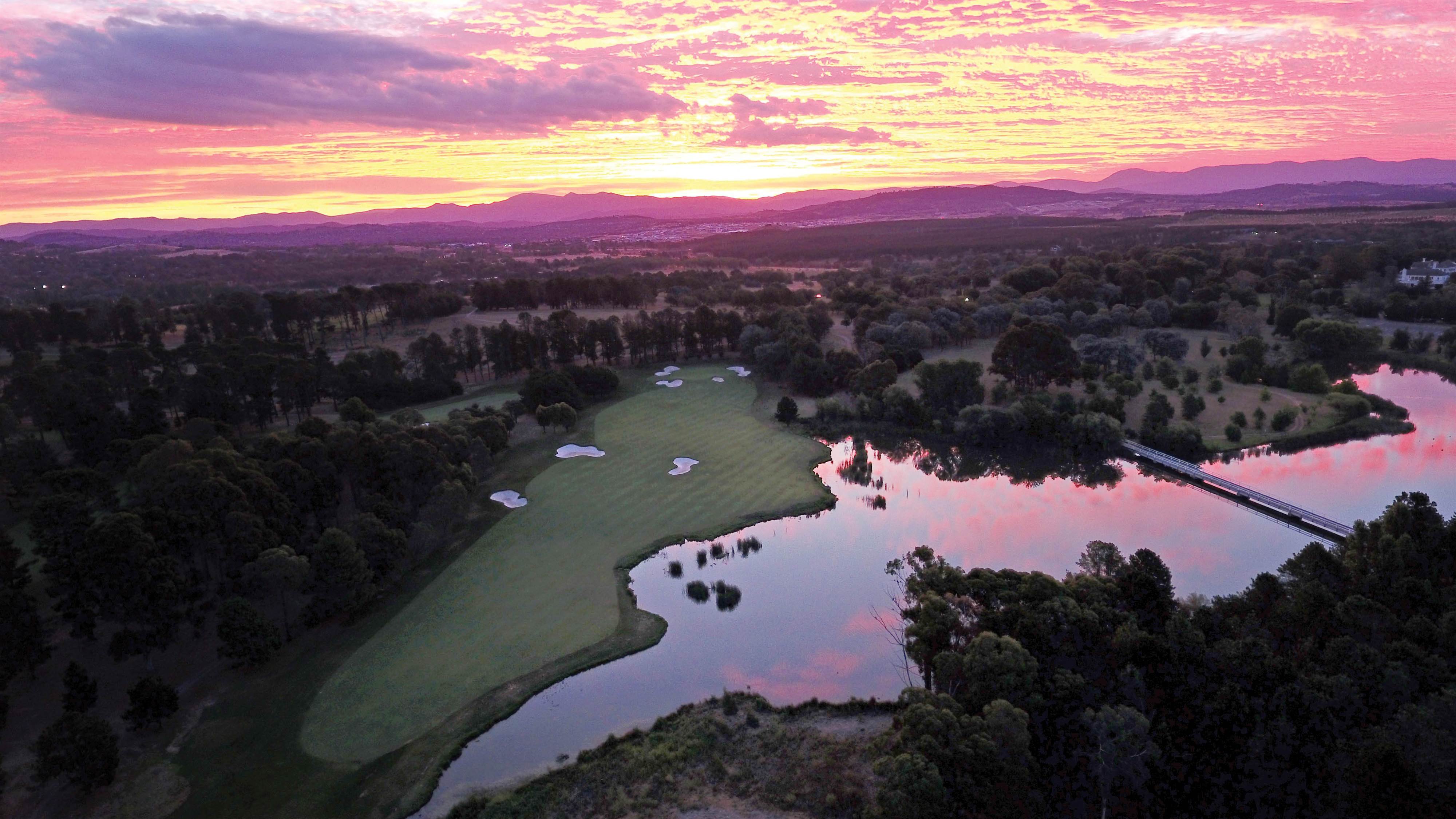
The 17th at St Andrews and Augusta’s 13th are probably the two best-known examples of making wildly different shots from either edge of the fairway but there are many in Australia because the best of our golf shows off wide fairways and interesting green complexes and they are the two keys to making the principle work.
Royal Queensland’s 5th, the 16th at Commonwealth and the finishing hole on the East at Royal Melbourne are notable holes rewarding a shot to the preferred side of the hole.
Whilst difficulty, or lack of it, in itself is no measure of the quality of a hole there is no scarier test of execution than the tee shot off the 15th at NSW. The fairway is lined on both sides by unplayable lies (and lost balls) and into the north wind there aren’t many swinging away without a hint of apprehension.
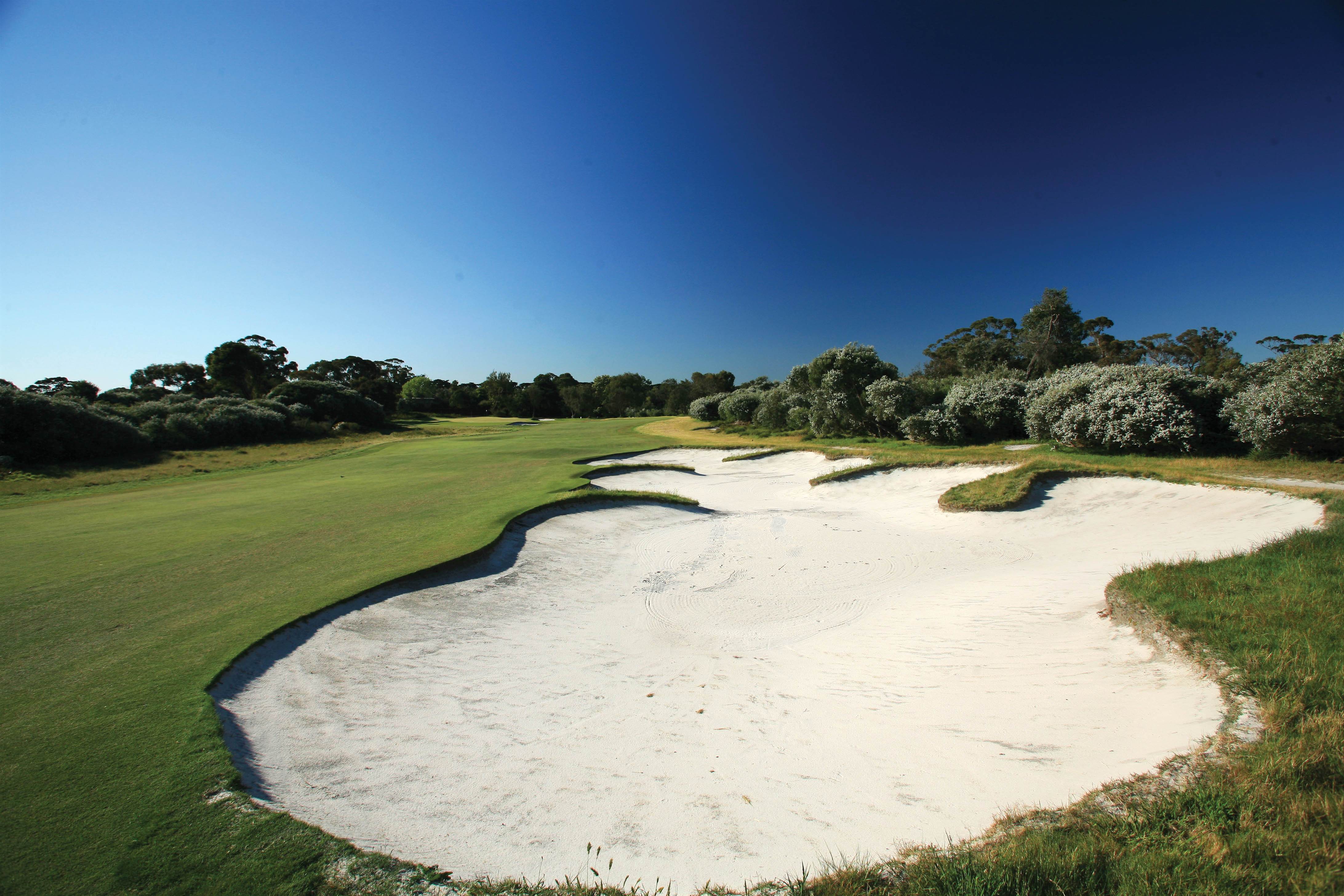
The impact of modern technology has been to fundamentally alter how these holes play and it’s unarguable the examinations set by Alister MacKenzie and his contemporaries in the 1920s are simplified for top-level players, as approach shots intended to be played with fairway woods and long irons are now most often played with short irons.
It has resulted in something of an obsession with par and whilst holes – including Royal Melbourne West ’s 12th, Yarra Yarra’s 16th and 18th and the 1st holes at Victoria and The Australian – are par-5s for members, they are easily reachable by first-class players with middle and short irons and play as par-4s in big tournaments. They are wonderful holes but the fundamental test has been changed and whether they are called 4s or 5s is completely irrelevant.
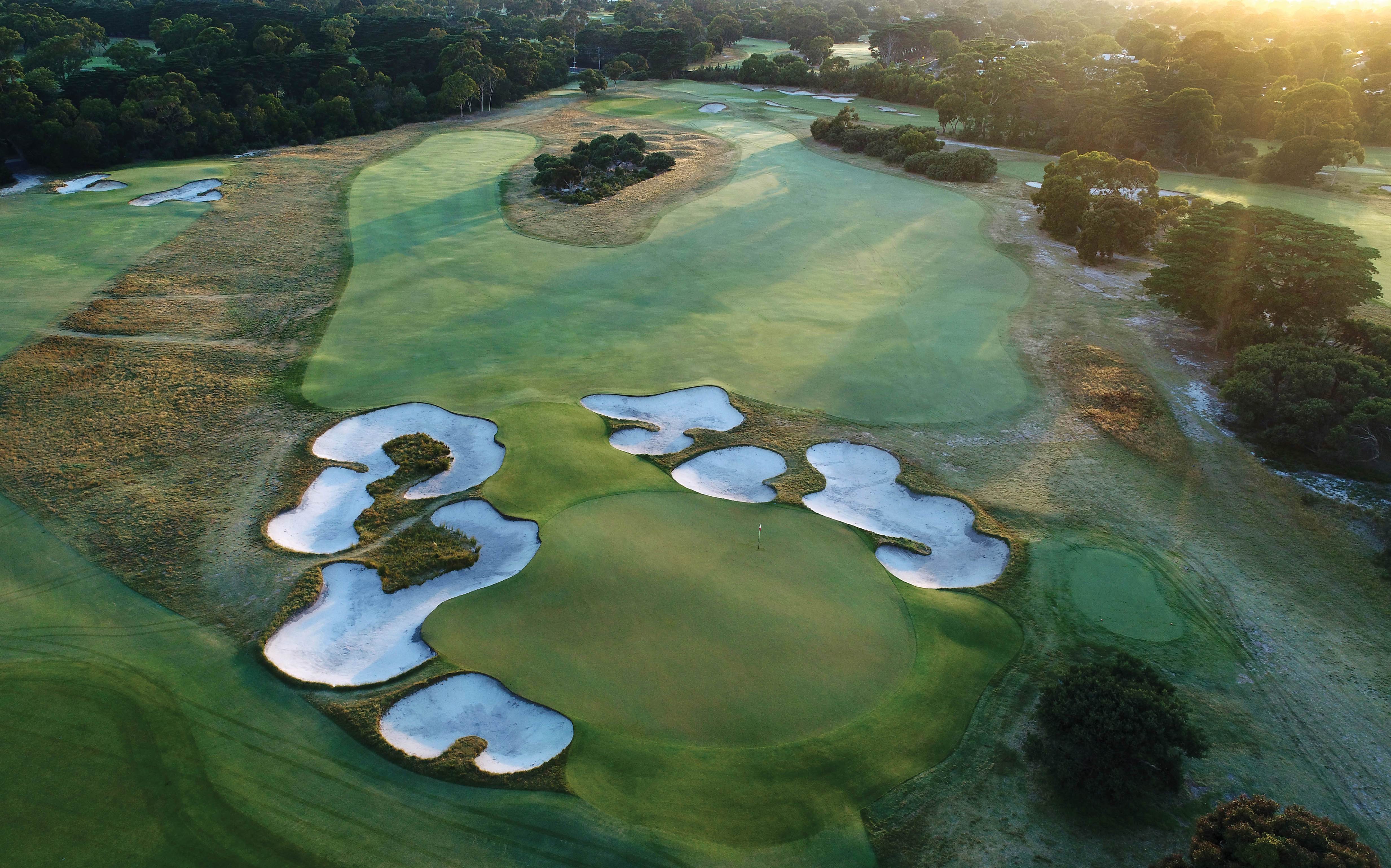
Of my favourites, Kingston Heath’s 11th is one of few truly great flat holes.
A 400-metre left-to-right dogleg, it has been much altered over the years.
The tee moved forward and right and then decades later moved back to where Dan Soutar and MacKenzie sited it. The fairway bunkers, originally placed for hickory shafted drivers, moved further along the fairway and a small, controversial bunker in the middle of the fairway survived for 15 years before being removed.
“Indeed, if golf design always followed a strict set of rules it would be both boring and predictable …”
The small green is difficult to hit and proof the adage of making a green a certain size to reflect the difficulty and length of the approach, whilst sensible can be broken without detriment. Indeed, if golf design always followed a strict set of rules it would be both boring and predictable and so many of these great holes break with convention and we are all better for those who made the choice to deviate from the norm.
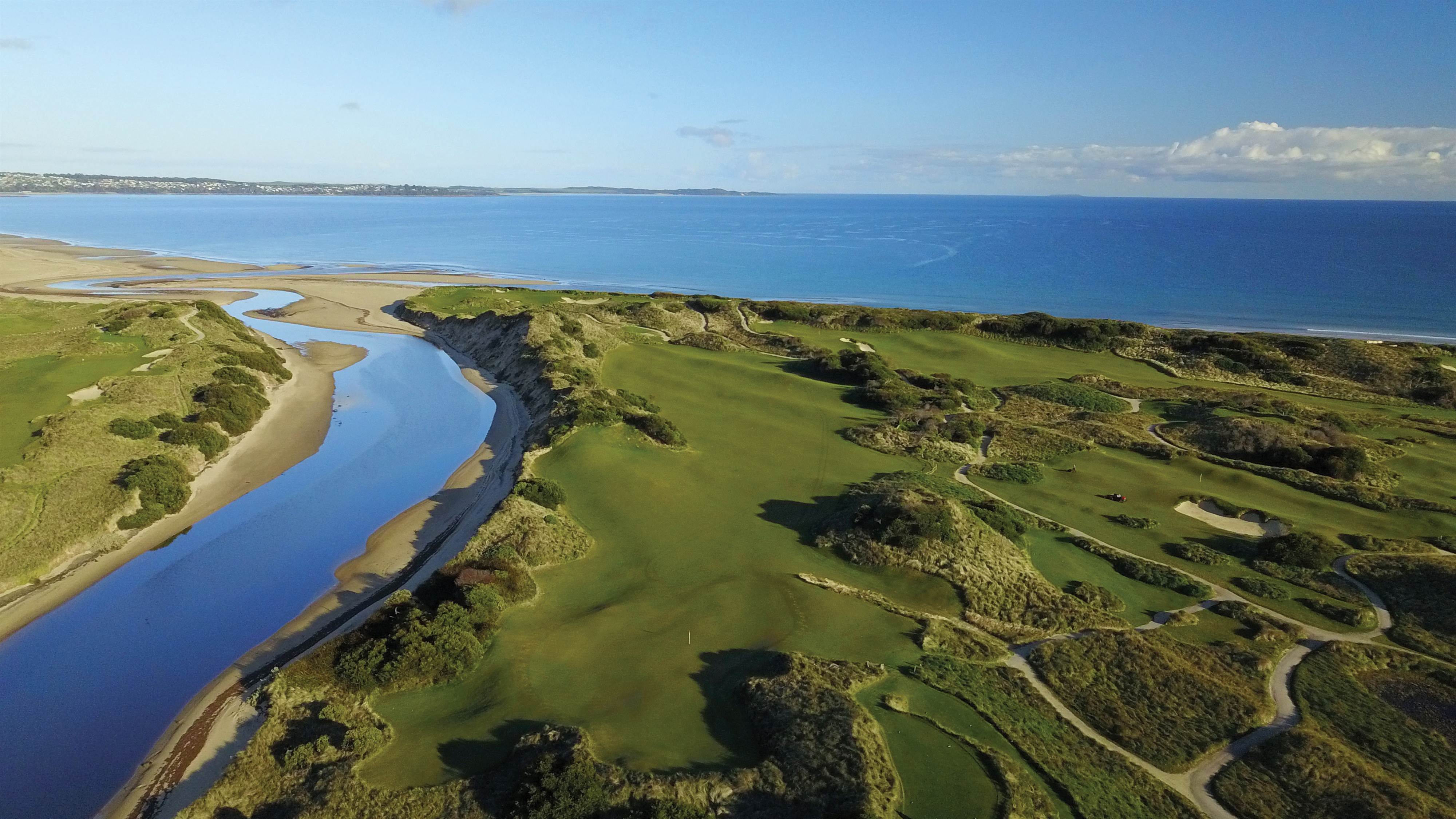
THE BEST OF THE BEST
1. Hardest to par, because they are par-4s: Barnbougle Dunes 8th, St Andrews Beach 13th, The National Moonah 16th, Peninsula North 10th.
2. Easiest to par because they are par-5s: RACV Healesville 8th, Royal Melbourne West 12th, Peninsula South 15th, Yarra Yarra 18th and The Lakes 14th.
3. Best that were par-5s but are now par-4s: Yarra Yarra 13th, Riversdale 5th, Kingston Heath 1st.
4. Best flat par-4: Kingston Heath 11th.
5. Best draw drive and fade second shot: Royal Melbourne West 17th
6. Best fade drive and draw second shot: Royal Adelaide 14th.
7. Best with a blind drive: Lost Farm 5th, Kingston Heath 16th, Royal Melbourne West 18th.
8. Best with a blind second shot: Kingston Heath 17th.
9. Best where both shots are blind: Portsea 18th.
10. Best water hole: Commonwealth 16th.
11. Best use of a diagonal ridge-line: Tee shots at The National Moonah 3rd, Portsea 17th.
12. Best punchbowl green: The National Moonah 11th.
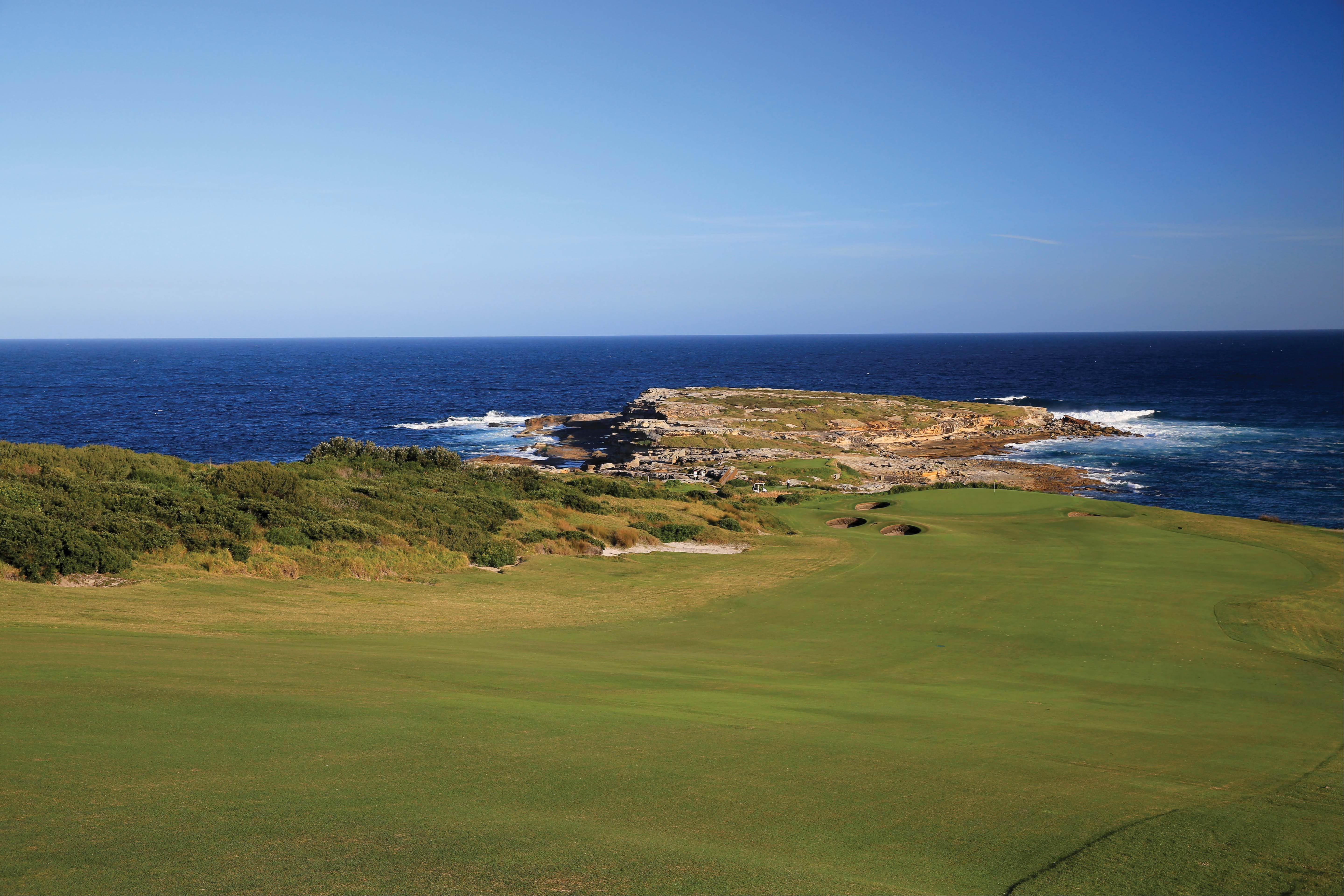
13. Steepest downhill second shot: Lake Karrinyup 2nd
14. Approach most resembling the uphill steepness of Augusta National’s 18th: Lake Karrinyup 9th.
15. Hardest tee shot: New South Wales 15th.
16. Hardest second shots: Royal Adelaide 14th, Barnbougle Dunes 8th, St Andrews Beach 3rd.
17. Most suited to a long, running approach: Lost Farm 18th.
18. The hole a good player is most likely to make 8: New South Wales 15th.
19. Best ‘Hog’s back’ fairway: Peninsula North 12th.
20. Best green: Metropolitan 9th.
21. Wildest greens: Lost Farm 5th, The Lakes 14th.
22. Most often three-putted: Royal Melbourne West 6th.
23. Almost great but not quite: Kooyonga 8th, Royal Sydney 4th.
24. Best backdrop: NSW 5th and 13th. Port Fairy 14th.
25. Underrated pairs: Long Island 6th and 7th, Newcastle 5th and 6th, Portsea 17th and 18th.
26. Best Restoration: Yarra Yarra 2nd, Victoria 11th.
27. Best long 4 to finish: Royal Melbourne East, Lost Farm.
28. Best long 4 to start: Kingston Heath.
29. Best hole with a bunker in the middle of the fairway: Royal Canberra 14th.
30. Simply the best: Royal Melbourne West 6th.
Related Articles

Column: The Sandbelt never lies

Under the radar into contention: Si Woo’s scintillating Australian Open Saturday













